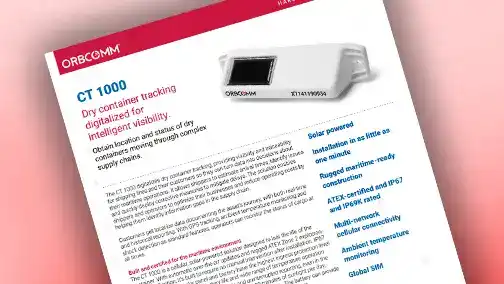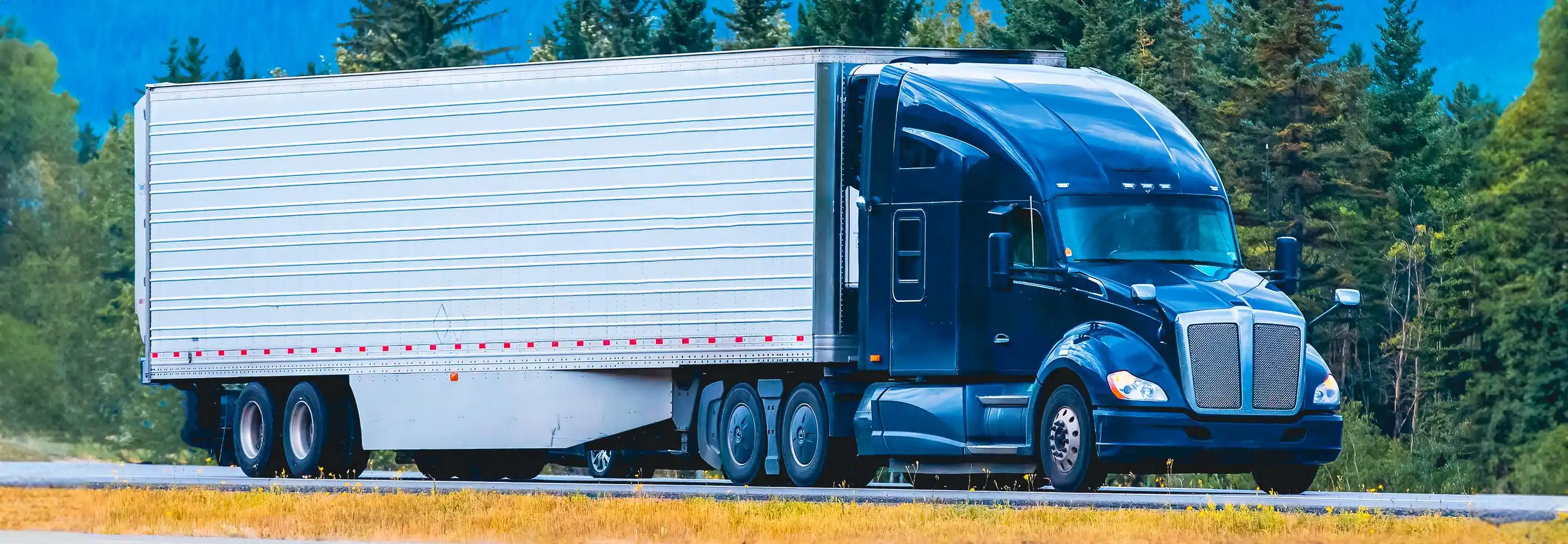
eBooks
On the road to greener trucking
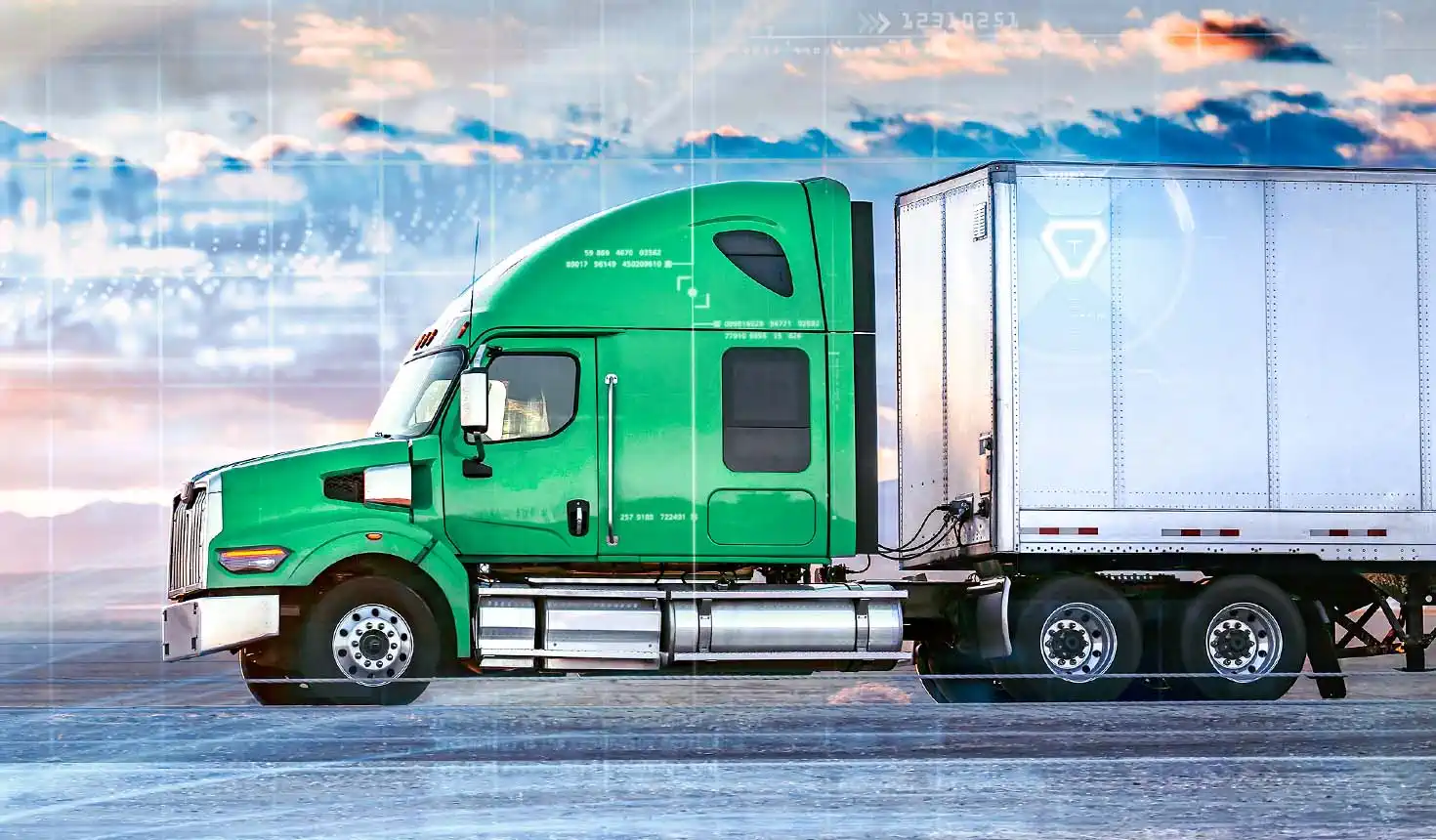
The cost of carbon
As carbon emissions and global temperatures rise, eyes are turning to the biggest contributors of greenhouse gases for answers; one of which is transportation. According to Our World in Data, global transport generated 8.2 billion tonnes of carbon in 2019—the second-largest emitter in the world behind only utilities (electricity and heat). Due to its massive impact on these numbers, the transportation industry is seeing pressure from all corners—customers, lawmakers, environmental groups and shareholders—to reduce carbon emissions.
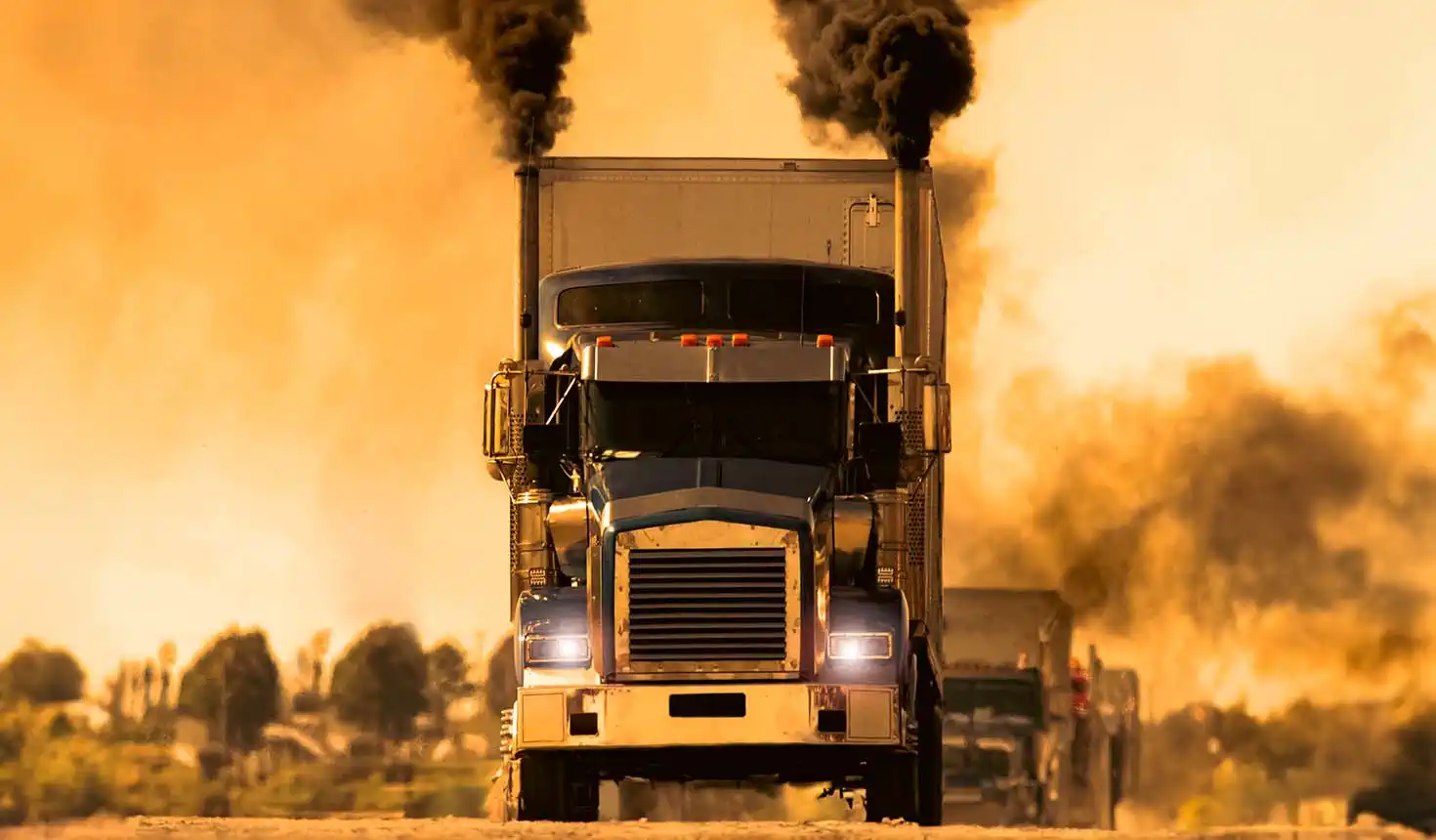
What is decarbonization and why do fleets need to act now?
Simply put, fleet decarbonization consists of reducing—or eliminating—carbon emissions in their operations. This area of focus is relevant for carriers, as many set target KPIs around reducing their carbon emissions per mile. Apart from the clear environmental benefit of decarbonization, prioritizing sustainability can help enhance brand reputation around corporate citizenship, cut costs and help fleets adhere to applicable environmental regulations.
Win more business with brand reputation
Greater customer demand for greener transportation is making decarbonization top of mind for fleet managers. Shippers are choosing to work with green carriers to reduce overall emissions across the entire supply chain. Plus, siding with an eco-friendly carrier builds their sustainability brand, helping them attract their own CO2-conscious customers. For carriers, failing to invest in sustainability may wind up costing new or existing contracts.
Regulatory changes driving decarbonization timeline
Lawmakers are pushing for fleet decarbonization with aggressive new policies that will drive action from fleets sooner rather than later.
In April 2023, the United States Environmental Protection Agency (EPA) announced revisions to existing emission standards that would eliminate 1.8 billion tons of CO2 through 2055—the equivalent of removing a year’s worth of greenhouse gas emissions created by the US transportation industry.
For fleets, a key opportunity can be found within this blitz of regulations. By being early adopters and starting the green transition now, not later, fleets can ensure that they are compliant in time, avoiding potentially hefty fines and other consequences. Plus, starting today enables fleets to use the multitude of tax breaks, sustainability bonds, grants and other incentives to help reduce costs.
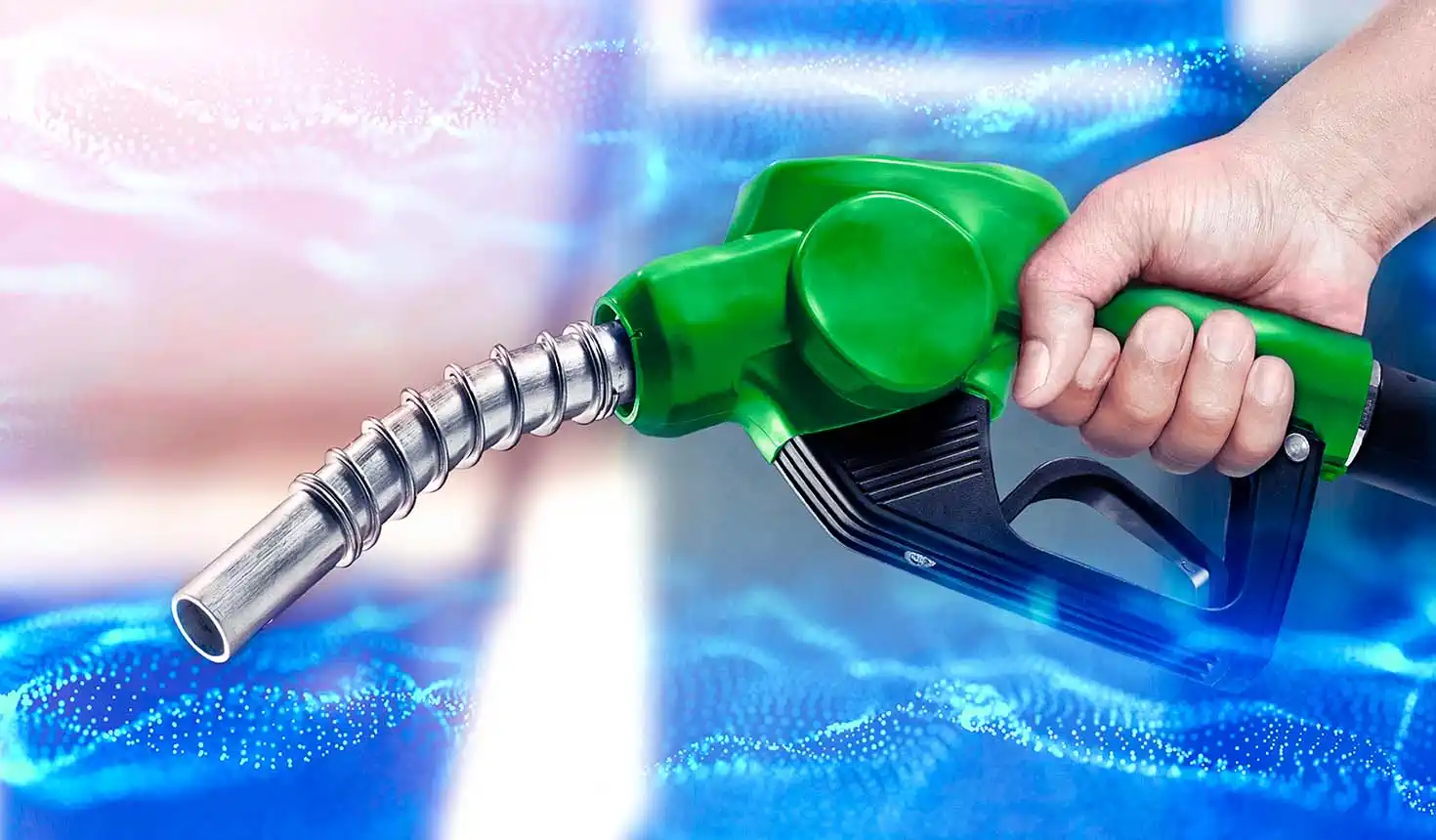
More profit with fewer resources
External factors like market demand and regulatory compliance aside, fleets can earn more profit by protecting the planet with decarbonization tactics. With fuel costs a prevalent concern among fleet managers, finding ways to minimize usage can have an immediate impact on profit margins.
By improving overall operational efficiency, fleets can win and execute more business with the same number of assets, reducing unnecessary waste and, thus, improving sustainability. This is particularly important in today’s market landscape where trailer and truck order backlogs are preventing fleets from buying more assets.
Your roadmap to fleet decarbonization
While industry-wide fleet electrification has yet to come, there are practical steps that fleets can take today to drive sustainability for their business in a variety of different ways.
Going green behind the wheel
Drivers have complete control over how fuel efficient they are behind the wheel. No matter how fuel efficient a vehicle is, wasteful driving can result in unnecessary carbon emissions that hurt the planet and increase fuel spend. This impacts private and for-hire carriers alike, as both can suffer from damaged business reputation along with the unnecessary expenses associated with wasteful driving. Here are a few techniques that they can use to save on carbon emissions:
Cruise more often
Driving at a steady rate, with as few dips and bursts as possible, is proven to reduce fuel consumption. In fact, varying truck speed between 75 and 85 kilometres per hour every 18 seconds can increase fuel usage by as much as 20%.
With that in mind, no driver can maintain a continuous speed better than cruise control can. By incorporating cruise control more regularly, drivers can reduce the amount of fuel they use for trips. However, driver anticipation remains important, as using cruise control in hilly terrain can put unnecessary stress on components and isn’t always a fuel conservation measure.
For instance, more fuel is needed to maintain a speed going up a hill, but once trucks hit the downward slope, engine brakes will be engaged to push the speed back down. Because of this, it’s important that drivers pay attention to the road ahead so they can use cruise control in the right spots.
In some newer truck models, predictive cruise control is used to automate the process. Driven by GPS technology, this new feature is optimizing gear changes, braking, acceleration and more to improve overall fuel economy. Predictive cruise control particularly shines with hills, where the system will pick up speed before a hill to reach top gear and then coast down the hill for as long as possible to save additional fuel.
Plus, it’s more fuel efficient to go slower uphill and faster downhill; something that a cruise control system can’t understand as a machine.

Stay vigilant
Driver anticipation plays a vital role in driving greener. By seeing the road ahead and determining when to stop, start or coast, drivers can stay safe and reduce the need to quickly accelerate or brake, resulting in excess fuel waste and wear and tear on their truck. Staying vigilant on the road through driver anticipation can improve fuel economy by as much as 30% on the highway and 40% in the city.

Supporting fleet sustainability with telematics
Telematics data can be used to improve operational visibility while also setting a baseline that changes can be measured against. A history of fleet telematics data can pay dividends over time by unlocking trends and patterns that can point to optimizations. For instance, tracking asset location data to determine usage levels also highlights specific units that are being underutilized.
Did you know?
Remote visibility into trailers can be valuable to help determine how much available space is in each trailer for additional cargo. This can help reduce deadhead miles: a constant concern for fleet managers. According to the National Private Truck Council, 35% of trucks travel empty in the US, creating 87 million metric tons of annual carbon emissions—some of which can be eliminated by optimizing trailer usage.
Thanks to telematics data, dispatch can play a vital role in cutting carbon emissions. With full visibility into the location and trailer availability of each asset in a fleet, dispatchers can choose the right truck for the job based on proximity. This cuts unnecessary fuel usage by optimizing the route that each trip takes.
Idling contributes significantly to carbon emissions. According to the North American Council for Freight Efficiency, it costs the industry close to 1 billion gallons of diesel per year. Plus, it also puts excessive wear and tear on engine parts, which can result in decreased fuel economy over time as well as increased maintenance costs and unnecessary downtime, all of which impact a business’ bottom line.
While some of this occurs during dwell times, which are a normal part of fleet operations at shipping and receiving facilities, identifying abnormally long waits can help curb unnecessary idling.
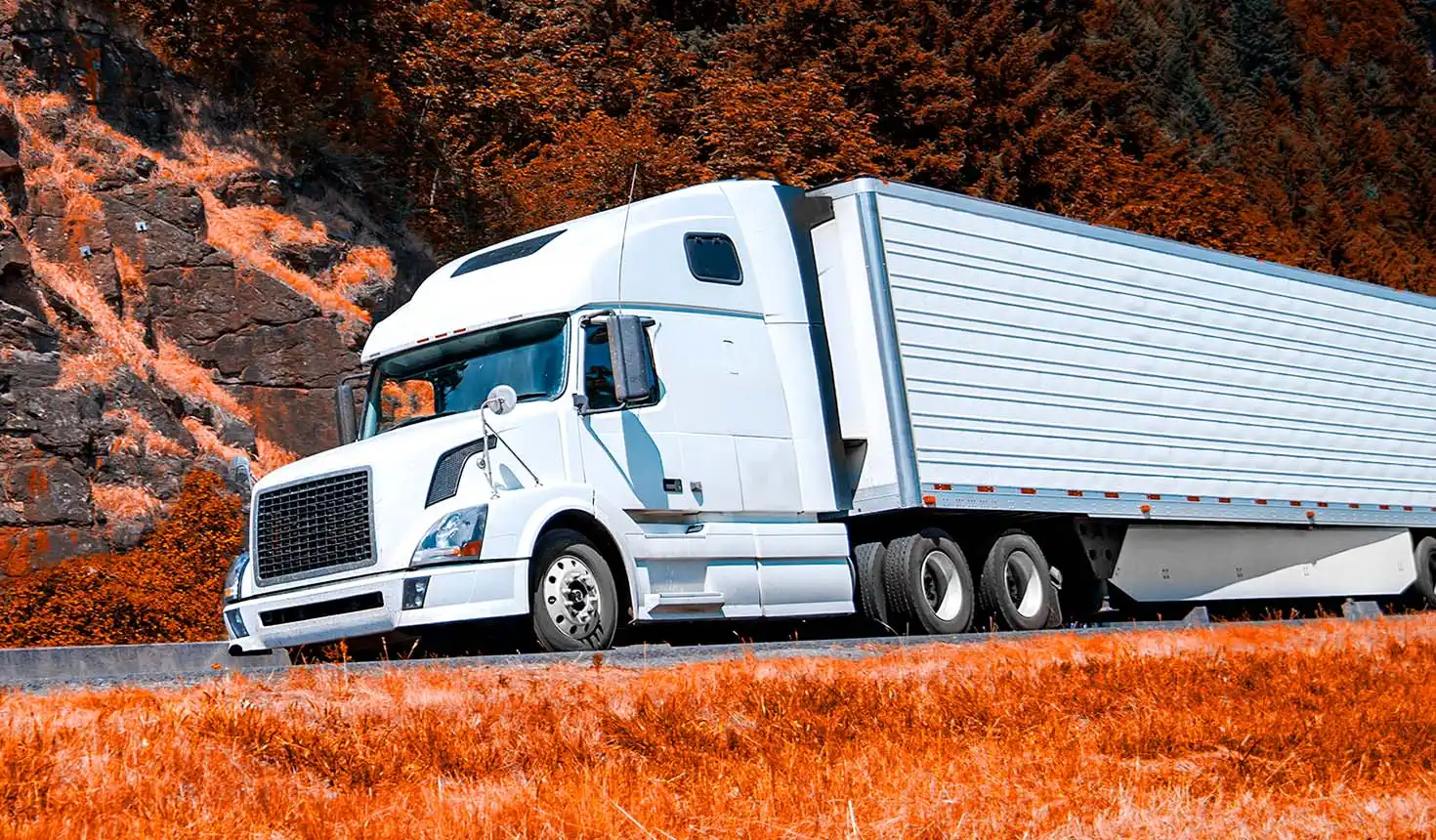
Cutting cold chain carbon emissions
Keeping products cold comes at a cost. While all-electric reefer units are set to storm the industry sooner rather than later, many units still rely on diesel fuel along with electricity from either the tractor’s generator (which requires the engine to be running) or from an auxiliary power unit on the trailer. Switching to start/stop mode rather than continuous cooling mode saves some customers as much as 45% in reefer run hours—and a considerable amount of fuel.
Reefer maintenance is also an important area to consider, as failing to fix reefer units costs fleets far more than just repair costs. Late shipments—or completely missed deliveries—hurt business reputation, which is vitally important when trying to differentiate your fleet from the competition in the eyes of customers. Plus, for temperature-sensitive or time-sensitive loads, missed shipments can be especially disastrous. Using reefer alerts, shippers can be notified when fuel-hungry maintenance issues arise so they can keep shipments on track and carbon emissions at a minimum.
Mastering decarbonization with smart maintenance
Like with any vehicle, poor maintenance habits can result in a variety of issues, including increased carbon emissions.
By keeping vehicles and assets to a certain standard based on fuel consumption metrics, maintenance teams can do their part to ensure fuel economy is optimized. Telematics can help by providing key component data that indicates when assets require service.
Keeping tires properly inflated can improve gas mileage up to 3% while opting for the recommended motor oil for your vehicle can boost fuel efficiency by up to 2%. For engines, a simple tune can result in vehicles consuming as much as 4% less fuel on average. When these figures are extrapolated across an entire fleet, the value is hard to ignore.
From an equipment lifecycle standpoint, maintenance can also improve sustainability by ensuring vehicles and assets last longer than ever, thus removing the need for new assets to be built and old assets to be sent to the landfill.
Adding alternative fuels to the mix
- Petroleum-based fuels account for 90% of the fuel used in the transportation industry and are responsible for large amounts of carbon emissions. One way that fleets can curb unnecessary carbon is by experimenting with alternatives energy sources such as electricity, biodiesel, ethanol and hydrogen.
- Electric vehicles (EVs) are a prime candidate for replacing petroleum due to zero pollutants and noise. While the technology is still evolving, California is pushing for more EV deployment with their Advanced Clean Fleets legislation that aims to fully transition medium and heavy-duty trucks to zero emissions by 2045.
- Biodiesel is another carbon-friendly alternative fuel source that, in some cases, has ended up winning fleets more business. Eco-conscious businesses are looking to carriers to help them further reduce their overall carbon emissions.
- Hydrogen has massive potential as well for a future of zero-emission transportation. While the infrastructure is lagging for mass deployment anytime soon, similar to electric, tax incentives like the Inflation Reduction Act for hydrogen production will play a vital role in funding the needed support for this transition.
- Another avenue that carriers are exploring involves shifting towards more efficient vehicle technologies like intermodal freight. According to Railway Association of Canada, moving 10% of total freight from trucks to trains (which are three to four times more fuel-efficient than trucks on average) would result in 4 megatons worth of carbon savings in Canada alone.

Building fleets the right way
Whether you’re buying new trucks or retrofitting old ones, even small incremental changes can be made to make your fleet more sustainable.
Tires, which account for approximately 1% of the total cost-per-mile for operating a truck, can be a great place to start. Choosing to purchase fuel-efficient tires for your fleet can cost more upfront but can result in 4% less carbon emissions per vehicle.
For existing tires, securing fuel-efficient retreads can help fleets drive fuel economy without needing to wait out the tires’ lifespan. The environmental benefits of retreads are significant. As much as 70% of the materials in a tire are reused, resulting in less manufacturing costs as retreading a tire takes 7 gallons of oil compared to the 22 gallons required for a new tire. Plus, retreading existing tires results in less waste going to the landfill.
Side skirts, roof fairings and other equipment modifications can also help fleets run a greener fleet by improving aerodynamics. More than 50% of fuel goes towards reducing “drag” when trucks travel on the highway. On average, every 2% reduction in drag results in a 1% increase in fuel economy, so the more aerodynamic you make your vehicles, the more you save.
Bringing it all together
Building sustainability in a fleet requires all hands on deck. Across every business unit, this can be a difficult thing to control and manage. To make life easier, fleet managers should ensure they have a comprehensive, integrated management platform that can support every asset type. That way, they don’t have to bounce between platforms, monitoring each specific segment of their business. This saves significant time but can also unlock further sustainability improvements due to full operational transparency and visibility across the entire fleet.
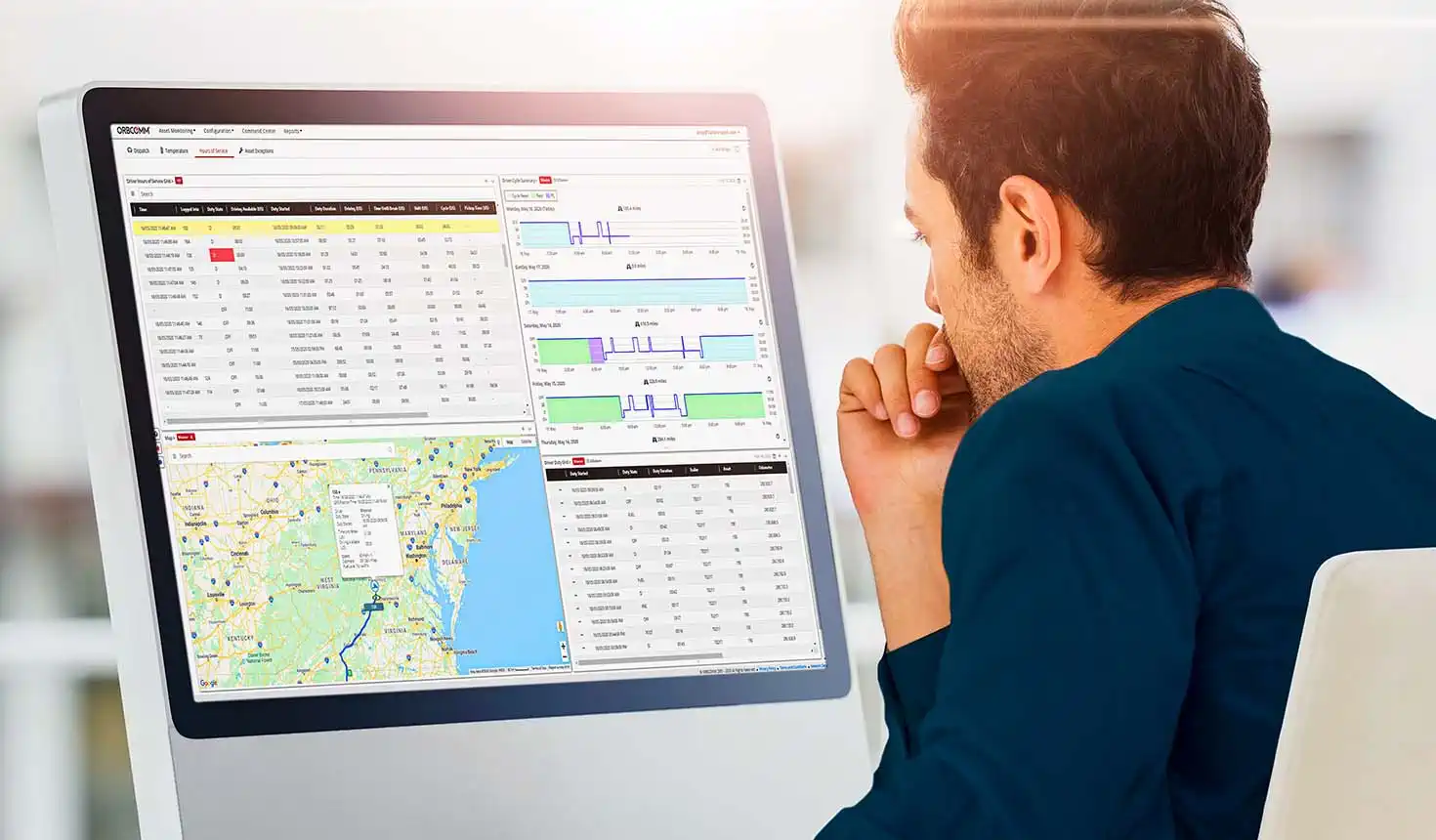
Go green with our sustainability solutions
At ORBCOMM®, sustainability is our speciality. We’ve been helping some of the largest fleets in the industry cut carbon emissions, drive sustainability and improve performance for over three decades. This year, we’ve even released an ESG report showing how we’ve used pioneering IoT technology to help protect the planet—and our customers’ margins.
Our proven fleet management solutions enable carriers to identify and act upon key insights that can help reduce carbon emissions.
Choose ORBCOMM as a sustainability telematics partner so you can:
- Choose optimal routes to decrease mileage
- Track reefer status on the road to cut fuel waste
- Manage every asset on a single intuitive platform
- …and so much more
Learn more about how you can take the next step to sustainable fleet management by watching our free on-demand webinar on how telematics can help improve fuel efficiency.







